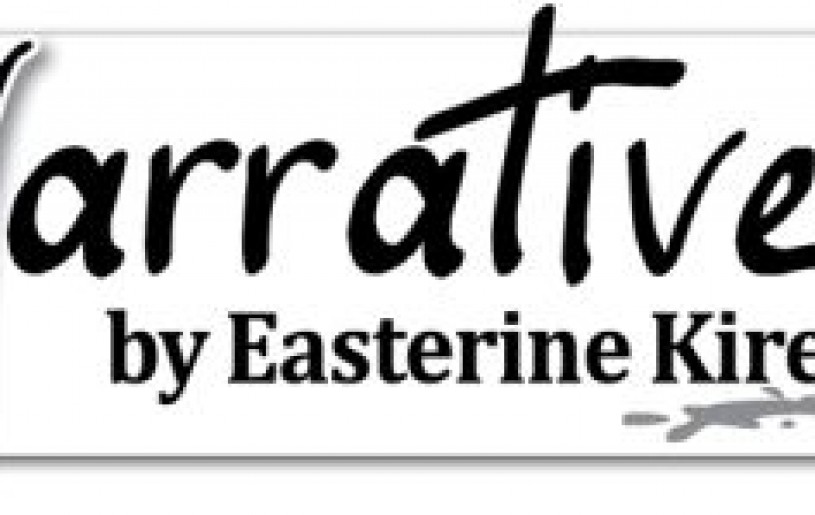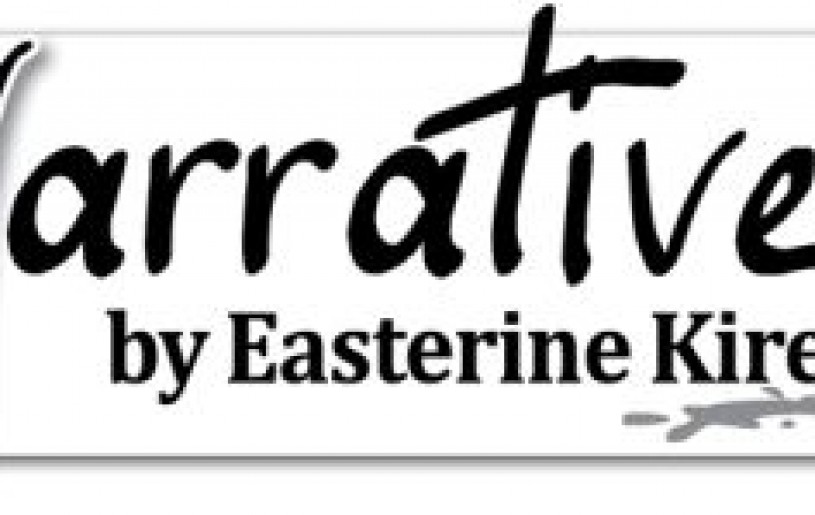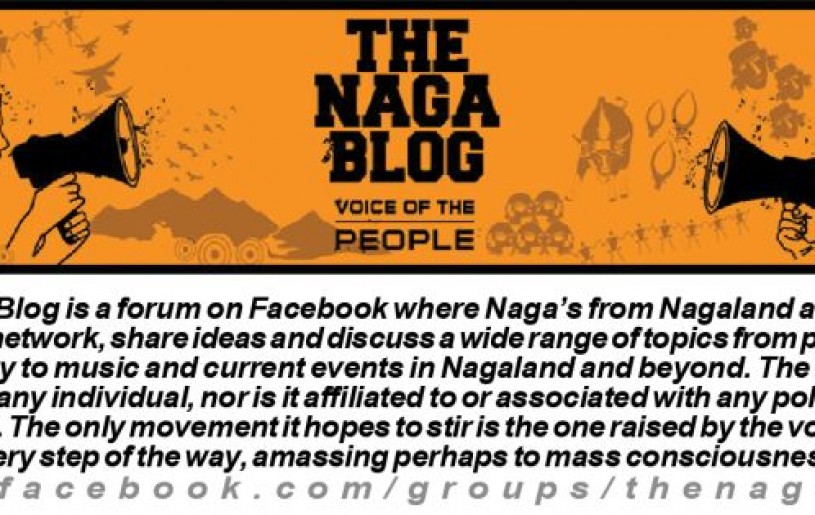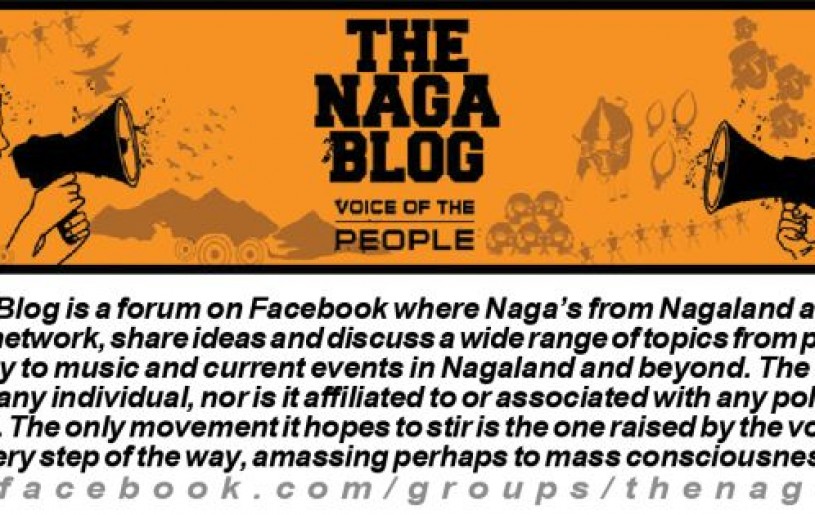
This is the way I describe what we are doing with Naga writing in English. We are writing oral history; we are retrieving and preserving Naga culture.
The first recorded writings by Nagas took place in 1953 and the 1970s. In 1958, Tayenjuba Ao wrote a book called, “A History of Anglo-Naga Affairs.” In the 70s, Alemchiba Ao wrote a comprehensive book on Naga Art and Culture, and in the same decade, Asoso Naga published his book on the political history of the Nagas. As early as 1953, we saw the first effort at a literary production being made by three Angami men of Kohima village: Zhapuzhülie, Khiezhie and Lhoulienyü. They jointly translated John Bunyan’s English classic, Pilgrim’s Progress into the Angami language. The translated work is noteworthy for its highly picturesque names of characters which achieved nativisation of the translation and brought it closer to the target group. It helped, of course, that by this time, the transition to a Christian culture was already underway and the metaphors were easily received.
The historical part of Naga writing in English helps us to trace community history in a way. The fifties were a period of great upheaval when the Naga villages were undergoing grouping and burning of houses and fields. The urban areas were not left untouched. They experienced curfews and gruesome displays of slain bodies of Naga leaders by the army. At the same time, even as Naga society was undergoing this initiation into another phase of its troubled life, a drastic change was being ushered in where Naga literature was concerned as the educated Nagas were beginning to document their oral histories into written formats. The initial work begun in the fifties can be used as a landmark to show the beginnings of written literature by Nagas.
One can argue too, that written Naga literature had been produced in the century before that. But it is important to remember that writing on the Nagas by western anthropologists and military historians all throughout the 1800s until the Second World War can all be categorized as others writing about us. We started to write about ourselves only in the middle of the twentieth century. The recording of oral history is what we would call insider history: it is the asli version of our history.
Oral history is not easy to record and document; sometimes there are more than one or two stories. There can be as many stories as there are narrators, and all can be considered valid as they all come with their own perspectives and their own lived experiences. The point at which it really gets complicated is when different clans lay claim to the same singular action of triumph, for example,victories over the British, our first colonisers. The best way to write oral history is to meet many narrators in one or several sittings together, so that they can corroborate each other’s stories and also, those with different versions can voice their stories in the semi-public space that such a setting offers and serve the dual purpose of bringing additional information as well letting the other oral narrators receive this information. This would ideally make for a conflict deflecting situation. We would help further by letting them understand that every story has to the right to be told. The authenticity of the story would, however, depend on verification by a wider public such as the clan or other clans.
I look at Naga writing in English not only as a project of creating written Naga literature, but as also a project of retrieving culture. How do we do this? By writing stories and novels set in the Naga ethos, with ordinary Naga characters living out their extraordinary lives. All their actions emerge from a distinct culture; many of their major decisions are dictated by a definite culture. This is what I mean by writing that retrieves culture: it is what Naga fiction is doing whether it is written in English or in the Naga languages. It is capturing actions and reactions that reflect the teachings of a culture. Retrieving culture in this manner will help to perpetuate or preserve our culture for outsiders who wish to study the Nagas. At the same time, it helps us to take pride in the beauty of our culture.





